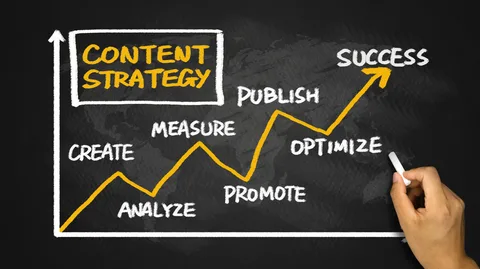Introduction:
In the ever-expanding landscape of mobile technology, the development of applications has become a cornerstone of innovation. Behind every successful app lies a journey of meticulous planning, creativity, and technical expertise. In this blog post, we’ll take a closer look at the process of app development, from the initial concept to the final product, exploring the key stages and considerations along the way.

Understanding User Needs:
The foundation of any successful app begins with a thorough understanding of user needs and market demand. Developers must conduct extensive research to identify target demographics, analyze competitor offerings, and gather feedback from potential users. By empathizing with the end-users and addressing their pain points, developers can ensure that their app meets a genuine need in the market.
Conceptualization and Design:
With a clear understanding of user needs in hand, developers move on to the conceptualization and design phase. This involves defining the app’s purpose, features, and user interface. Wireframing and prototyping tools are used to create mockups of the app’s layout and functionality, allowing developers to visualize the user experience and iterate on design concepts before diving into development.
Development and Testing:
Once the design is finalized, developers begin the coding process, bringing the app to life with programming languages such as Java (for Android) or Swift (for iOS). Throughout the development phase, rigorous testing is conducted to identify and fix any bugs or usability issues. Quality assurance measures, such as automated testing and user acceptance testing, ensure that the app meets high standards of performance and reliability.
Deployment and Distribution:
With the app developed and tested, it’s time to prepare for deployment and distribution. Developers must navigate the submission processes of app stores such as the Apple App Store and Google Play Store, adhering to their respective guidelines and requirements. App store optimization techniques are employed to maximize visibility and downloads, including keyword optimization, app descriptions, and visual assets.
Post-Launch Maintenance and Updates:
The journey of app development doesn’t end with launch day. Developers must continue to monitor and maintain the app post-launch, addressing any issues that arise and implementing updates to improve functionality and user experience. User feedback plays a crucial role in guiding future updates, ensuring that the app evolves to meet changing user needs and technological advancements.
Conclusion:
The process of app development is a complex yet rewarding journey that requires a blend of creativity, technical skill, and strategic thinking. By understanding user needs, designing intuitive interfaces, and embracing continuous improvement, developers can create apps that resonate with users and make a meaningful impact in the digital world. As technology continues to evolve, the possibilities for app development are limitless, making it an exciting and dynamic field for developers to explore and innovate within.




